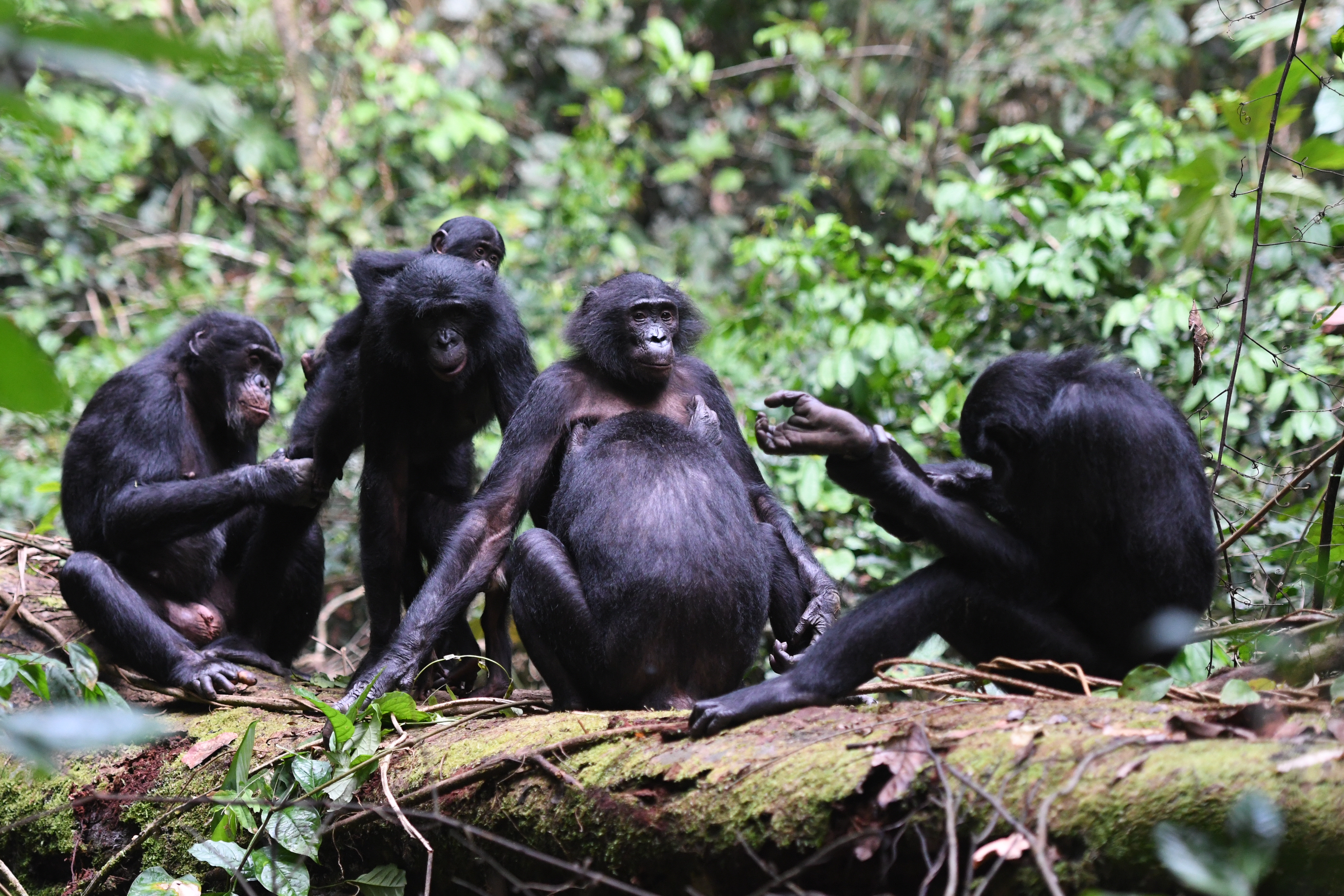News release
From:
Zoology: Female bonobos group together to assert power over males
Female bonobos (Pan paniscus) form coalitions against males to secure their social status and reduce sex differences in power, finds research published in Communications Biology. The study, conducted across six bonobo communities in the Democratic Republic of the Congo over nearly thirty years of observations, suggests the impact of male aggression is mitigated by females grouping together to win a higher proportion of conflicts and prevent males from dominating mating opportunities.
Female dominance over males within a group is a rare phenomenon in social mammals, with a few exceptions such as spotted hyenas. Several hypotheses have been proposed for how female mammals can gain dominance over males. These include the self-organisation hypothesis, which suggests dominance arises from the self-reinforcement effect of winning and losing conflicts, and the female reproductive control hypothesis, where male aggression leads to reduced mating success. Another potential explanation for this behaviour in bonobos is the female coalition hypothesis, where groups of females work together to win a higher proportion of conflicts against males and therefore rise in rank.
Martin Surbeck and colleagues monitored six communities of bonobos across multi-year periods between 1993 and 2021 and recorded instances of aggressions between sexually mature individuals. Female power was measured by the proportion of conflicts where males submitted to female aggression, and by the proportion of a community’s males outranked by each female. Across the dataset, there were 1,786 conflicts, of which 1,099 were won by females. Females outranked approximately 70% of the males in their respective communities.
The authors suggest that some proposed mechanisms for female domination over males — such as reproductive control or self-organisation — are less applicable to bonobos. The tendency of female bonobos to form coalitions may be the first demonstration of the coalition hypothesis as an evolutionary mechanism associated with an increase in female power.
Multimedia






 International
International



